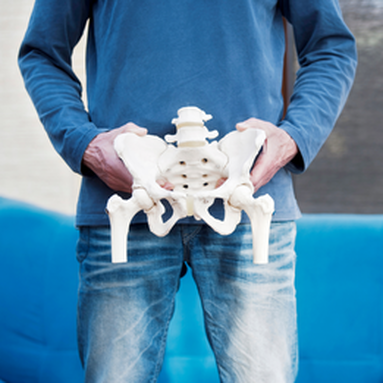The pelvic floor can be explained as the muscles and ligaments that are attached to the pelvis and support the abdomen. These muscles are responsible for controlling bladder and bowel movement. Pelvic floor dysfunction is the most common problem that can be explained as the inability of a person to control the muscles of their pelvic floor. As a result, patients may experience symptoms such as difficulty having a bowel movement, urinary incontinence, pain with intercourse, pain with a climax, and many other symptoms.
Our effective pelvic floor techniques, which include acupuncture, dry needling, graston, and myofascial techniques, create direct communication between the pelvic floor muscles and the central nervous system, allowing for the neural re-integration and readjustment of your muscles, thus reducing pain signal
If you have any of these signs and symptoms associated with pelvic floor dysfunction, we can help:
Our effective pelvic floor techniques, which include acupuncture, dry needling, graston, and myofascial techniques, create direct communication between the pelvic floor muscles and the central nervous system, allowing for the neural re-integration and readjustment of your muscles, thus reducing pain signal
If you have any of these signs and symptoms associated with pelvic floor dysfunction, we can help:
- Lower back pain Muscle spasm in the pelvis
- Discomfort during sexual intercourse (among women)
- Discomfort with ejaculation and testicular Pain
- Bowel strains or constipation
- Urinary issues e.g. painful urination, sudden urge to urinate
- Pressure in the pelvic region or rectum

